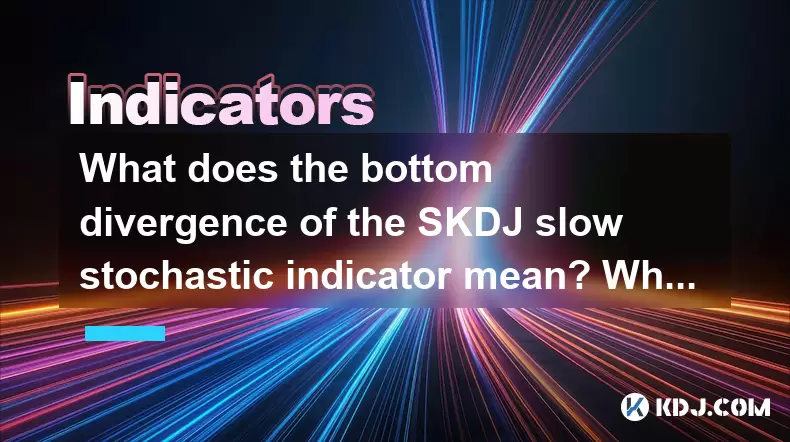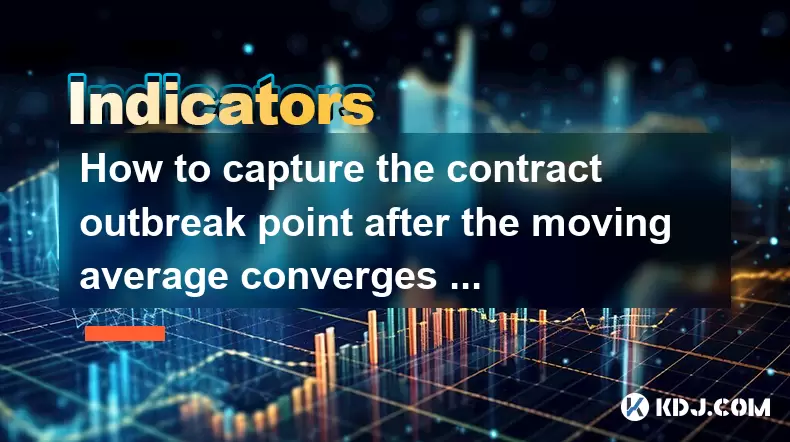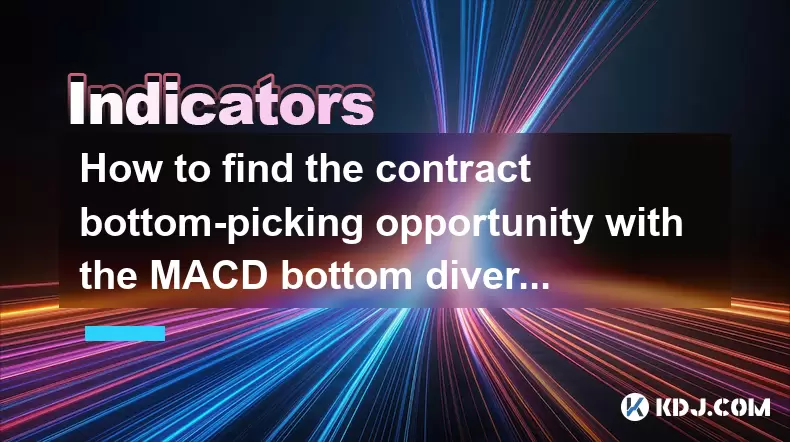-
 Bitcoin
Bitcoin $106,754.6083
1.33% -
 Ethereum
Ethereum $2,625.8249
3.80% -
 Tether USDt
Tether USDt $1.0001
-0.03% -
 XRP
XRP $2.1891
1.67% -
 BNB
BNB $654.5220
0.66% -
 Solana
Solana $156.9428
7.28% -
 USDC
USDC $0.9998
0.00% -
 Dogecoin
Dogecoin $0.1780
1.14% -
 TRON
TRON $0.2706
-0.16% -
 Cardano
Cardano $0.6470
2.77% -
 Hyperliquid
Hyperliquid $44.6467
10.24% -
 Sui
Sui $3.1128
3.86% -
 Bitcoin Cash
Bitcoin Cash $455.7646
3.00% -
 Chainlink
Chainlink $13.6858
4.08% -
 UNUS SED LEO
UNUS SED LEO $9.2682
0.21% -
 Avalanche
Avalanche $19.7433
3.79% -
 Stellar
Stellar $0.2616
1.64% -
 Toncoin
Toncoin $3.0222
2.19% -
 Shiba Inu
Shiba Inu $0.0...01220
1.49% -
 Hedera
Hedera $0.1580
2.75% -
 Litecoin
Litecoin $87.4964
2.29% -
 Polkadot
Polkadot $3.8958
3.05% -
 Ethena USDe
Ethena USDe $1.0000
-0.04% -
 Monero
Monero $317.2263
0.26% -
 Bitget Token
Bitget Token $4.5985
1.68% -
 Dai
Dai $0.9999
0.00% -
 Pepe
Pepe $0.0...01140
2.44% -
 Uniswap
Uniswap $7.6065
5.29% -
 Pi
Pi $0.6042
-2.00% -
 Aave
Aave $289.6343
6.02%
What does the bottom divergence of the SKDJ slow stochastic indicator mean? What is the probability of a rebound?
Bottom divergence with the SKDJ Slow Stochastic suggests weakening bearish momentum, signaling a potential bullish reversal in crypto markets.
Jun 18, 2025 at 02:22 am

Understanding the SKDJ Slow Stochastic Indicator
The SKDJ Slow Stochastic indicator is a momentum oscillator used in technical analysis to identify overbought or oversold conditions in financial markets, including cryptocurrency. It combines elements of the Stochastic oscillator and the DJ (Difference of Jensen) formula to provide smoother signals compared to standard stochastic models.
In the context of cryptocurrencies like Bitcoin or Ethereum, this indicator helps traders assess whether an asset is potentially oversold or overbought, which can signal trend reversals or continuations. The slow version filters out market noise by applying a moving average to its components, making it more reliable for longer-term trading decisions.
What Is Bottom Divergence?
Bottom divergence occurs when the price of a cryptocurrency makes a new low, but the SKDJ Slow Stochastic line does not confirm that low. Instead, it forms a higher low, suggesting weakening bearish momentum.
This scenario typically indicates that selling pressure is decreasing and buyers may soon take control. For example, if Bitcoin drops from $60,000 to $58,000, but the SKDJ Slow line shows a higher value than its previous low during the prior decline, this suggests a potential bullish reversal is forming.
- Price Action: New low on chart
- Indicator Behavior: Higher low on SKDJ Slow line
How to Identify Bottom Divergence Using SKDJ Slow Stochastic
To accurately detect bottom divergence using the SKDJ Slow Stochastic, follow these steps:
- Step 1: Locate two distinct price lows on the candlestick chart. Ensure they are sequential, with the second low being lower than the first.
- Step 2: Examine the corresponding values of the SKDJ Slow line at those two points. If the second low on the indicator is higher than the first, you've identified a divergence.
- Step 3: Confirm the divergence by checking volume patterns. A rising volume during the second low strengthens the probability of a reversal.
- Step 4: Use additional tools like support levels or moving averages to enhance the reliability of the signal.
It’s important to note that divergence alone isn’t sufficient for entering a trade, especially in volatile crypto markets. Always combine it with other confirming indicators or chart patterns.
Probability of Rebound After Bottom Divergence
The probability of a rebound after a confirmed bottom divergence depends on several factors:
- Market Conditions: In strong downtrends, even valid divergences may fail due to overwhelming selling pressure. Conversely, in sideways or accumulation phases, the chance of a successful bounce increases.
- Timeframe: Longer timeframes (e.g., daily or weekly charts) tend to produce more reliable divergence signals than shorter ones like 1-hour or 15-minute charts.
- Volume Confirmation: If divergence coincides with increasing volume or positive order flow, the likelihood of a rebound improves significantly.
- Correlation with Broader Market: Cryptocurrencies often move in tandem. If major coins like BTC or ETH show divergence, altcoins may follow suit, reinforcing the rebound probability.
Empirical studies and backtesting suggest that in stable market environments, the success rate of a bullish divergence leading to a meaningful rebound ranges between 60% to 75%. However, in highly volatile or manipulated markets like crypto, this figure can vary widely depending on external news or macroeconomic events.
Practical Examples in Crypto Trading
Let’s consider a real-world scenario involving Ethereum (ETH) during a correction phase:
- On the daily chart, ETH drops from $3,500 to $3,200.
- During the same period, the SKDJ Slow line records a higher low compared to the previous swing low.
- Volume slightly increases as the price approaches $3,200, indicating buying interest.
- Shortly after divergence confirmation, ETH rebounds to $3,400 within five days.
Traders who recognized this bottom divergence early could have entered long positions near the support zone. Those who waited for a candlestick reversal pattern (like a hammer or engulfing bar) combined with a cross above the signal line on the SKDJ Slow could have improved their entry timing.
Frequently Asked Questions (FAQs)
Q: Can bottom divergence occur in both uptrend and downtrend markets?
A: Yes, bottom divergence can appear in any market condition. However, it's most significant in downtrends where it signals potential exhaustion of sellers.
Q: Does the SKDJ Slow Stochastic work better on certain timeframes in crypto trading?
A: While it can be applied across all timeframes, the daily and 4-hour charts tend to offer more accurate and actionable divergence signals in crypto due to reduced noise.
Q: How can I differentiate between a false and true bottom divergence?
A: A true divergence usually aligns with key support levels, sees improving volume, and is followed by a price reversal within a few candles. False divergences often occur without volume confirmation and are quickly invalidated by further downside movement.
Q: Should I use SKDJ Slow Stochastic alone for trading decisions in crypto?
A: No, it’s best used alongside complementary tools such as moving averages, RSI, MACD, or Fibonacci retracement levels to filter out false signals and improve accuracy.
Disclaimer:info@kdj.com
The information provided is not trading advice. kdj.com does not assume any responsibility for any investments made based on the information provided in this article. Cryptocurrencies are highly volatile and it is highly recommended that you invest with caution after thorough research!
If you believe that the content used on this website infringes your copyright, please contact us immediately (info@kdj.com) and we will delete it promptly.
- KuCoin Lists Namada (NAM) with Token Reward GemPool: A Deep Dive
- 2025-06-19 14:25:12
- Laser Drivers, Coin Cells, and Rangefinders: A New Era of Compact Power
- 2025-06-19 14:44:15
- Crypto Updates: FxWirePro's Key Insights into Tokenization and Regulation
- 2025-06-19 15:05:13
- XRP Market: Still Early Days for Crypto Investors?
- 2025-06-19 14:50:13
- XRP Price: Will History Repeat Itself with Another Rally?
- 2025-06-19 15:10:15
- Bitcoin ETFs, Inflows, and the Middle East: Navigating Geopolitical Tensions
- 2025-06-19 15:10:15
Related knowledge

How does the long lower shadow of the K line indicate the formation of the bottom of the contract?
Jun 19,2025 at 05:00am
Understanding the Long Lower Shadow in K-Line AnalysisIn cryptocurrency trading, K-line analysis plays a pivotal role in determining market sentiment and potential price reversals. A long lower shadow, also known as a long wick, is one of the most telling candlestick patterns that traders look for when assessing whether a bottom might be forming in a co...

How to capture the contract outbreak point after the moving average converges and diverges?
Jun 19,2025 at 02:07pm
Understanding Moving Average Convergence and Divergence in Crypto TradingIn cryptocurrency trading, moving averages are among the most widely used technical indicators. The concept of convergence and divergence refers to how different moving averages align or separate over time. When short-term and long-term moving averages come together (converge), it ...

How to find the contract bottom-picking opportunity with the MACD bottom divergence?
Jun 19,2025 at 02:28pm
Understanding MACD Bottom Divergence in Cryptocurrency TradingMACD (Moving Average Convergence Divergence) is a widely used technical analysis tool that helps traders identify potential reversals in price trends. Bottom divergence, specifically, occurs when the price of an asset makes a new low, but the MACD indicator does not confirm this by making a c...

How to use the DEMARK indicator to predict the high and low points of the contract?
Jun 19,2025 at 04:21am
What Is the DEMARK Indicator?The DEMARK indicator is a technical analysis tool developed by Tom DeMark, aimed at identifying price exhaustion points in financial markets. It helps traders anticipate potential reversal zones, especially in volatile environments such as cryptocurrency contracts. The indicator works by detecting specific patterns and seque...

Why does the contract sometimes not fall after the moving average crosses?
Jun 18,2025 at 08:50pm
Understanding Moving Averages in Cryptocurrency TradingIn the realm of cryptocurrency trading, moving averages are among the most widely used technical indicators. They help traders identify potential trends by smoothing out price data over a specified period. The two primary types are the Simple Moving Average (SMA) and the Exponential Moving Average (...

How to predict the acceleration of contract market by the change of moving average slope?
Jun 18,2025 at 05:43pm
Understanding the Moving Average in Cryptocurrency TradingIn cryptocurrency trading, moving average (MA) is a fundamental technical indicator used to analyze price trends. It smooths out price data over a specific period, helping traders identify potential trend directions and momentum shifts. The slope of a moving average line reflects how quickly pric...

How does the long lower shadow of the K line indicate the formation of the bottom of the contract?
Jun 19,2025 at 05:00am
Understanding the Long Lower Shadow in K-Line AnalysisIn cryptocurrency trading, K-line analysis plays a pivotal role in determining market sentiment and potential price reversals. A long lower shadow, also known as a long wick, is one of the most telling candlestick patterns that traders look for when assessing whether a bottom might be forming in a co...

How to capture the contract outbreak point after the moving average converges and diverges?
Jun 19,2025 at 02:07pm
Understanding Moving Average Convergence and Divergence in Crypto TradingIn cryptocurrency trading, moving averages are among the most widely used technical indicators. The concept of convergence and divergence refers to how different moving averages align or separate over time. When short-term and long-term moving averages come together (converge), it ...

How to find the contract bottom-picking opportunity with the MACD bottom divergence?
Jun 19,2025 at 02:28pm
Understanding MACD Bottom Divergence in Cryptocurrency TradingMACD (Moving Average Convergence Divergence) is a widely used technical analysis tool that helps traders identify potential reversals in price trends. Bottom divergence, specifically, occurs when the price of an asset makes a new low, but the MACD indicator does not confirm this by making a c...

How to use the DEMARK indicator to predict the high and low points of the contract?
Jun 19,2025 at 04:21am
What Is the DEMARK Indicator?The DEMARK indicator is a technical analysis tool developed by Tom DeMark, aimed at identifying price exhaustion points in financial markets. It helps traders anticipate potential reversal zones, especially in volatile environments such as cryptocurrency contracts. The indicator works by detecting specific patterns and seque...

Why does the contract sometimes not fall after the moving average crosses?
Jun 18,2025 at 08:50pm
Understanding Moving Averages in Cryptocurrency TradingIn the realm of cryptocurrency trading, moving averages are among the most widely used technical indicators. They help traders identify potential trends by smoothing out price data over a specified period. The two primary types are the Simple Moving Average (SMA) and the Exponential Moving Average (...

How to predict the acceleration of contract market by the change of moving average slope?
Jun 18,2025 at 05:43pm
Understanding the Moving Average in Cryptocurrency TradingIn cryptocurrency trading, moving average (MA) is a fundamental technical indicator used to analyze price trends. It smooths out price data over a specific period, helping traders identify potential trend directions and momentum shifts. The slope of a moving average line reflects how quickly pric...
See all articles

























































































